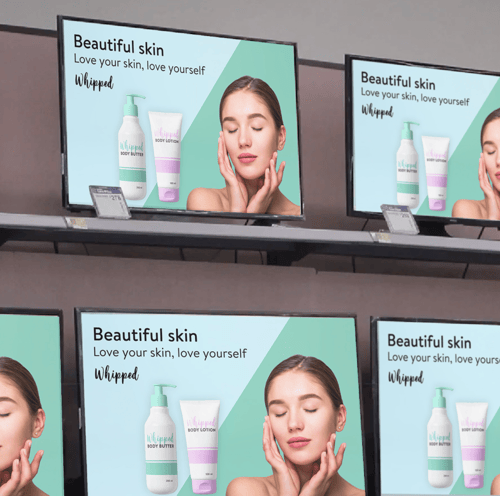Trend Analysis: Everything Is an Ad Now

Posted By Celena Fine on December 21, 2023
As social media becomes an increasingly risky place for brands to spend their budget, advertisers are looking for alternative avenues to reach consumer eyeballs — but they won’t have to look far. These days, everything is an ad network.
Advertisers' Flight From Social Media
Advertising on social media is getting harder. After an investigation from The Wall Street Journal found ads from top brands on Instagram appeared beside explicit content — including some featuring children — both Match and Bumble announced they were suspending ads on the platform. X saw an exodus of half its major advertisers after CEO Elon Musk acquired the site in 2022, and again advertisers have been leaving in droves after recent anti-Semetic comments made by Musk. Despite the potential $75 million loss in advertising revenue, Musk doesn’t seem to care, telling advertisers to “Go F– themselves” at a recent New York Times summit.
Recently, I’ve had several conversations with clients about the struggle to find a replacement for X. No social media platform has been able to capture the same real-time engagement and live feeling of the old Twitter. But while marketers continue to look for solutions to fill that gap, advertising has a few new avenues they can turn to.
Everything Is an Ad (Network)
Where there’s a screen, there can be an ad. From self-checkout kiosks to airplane seats, companies across industries are uncovering new ways to expand their ad options. United Airlines is considering growing its ad business by leveraging passenger information to help brands serve targeted ads to its customers, which it already sells on seatback TVs. Walmart just introduced “RomCommerce” with “Add to Heart,” an entirely shoppable movie. Best Buy and Walmart are letting advertisers buy space on their in-store TVs and on the screens in self-checkout lanes. These recent developments in the ad-everywhere environment follow earlier experiments like ad placements on gas station screens.

Walmart Connect offers opportunities to advertise in multiple in-store locations, including
on the screens of self-checkout kiosks and the televisions they sell.
And that’s not to mention the growing streaming advertising market. Nearly every streaming service has now launched an ad-supported tier, throwing us back to the days of the 30-second spot.
Ad Evolution
Unfortunately, brands are caught between a Musk and a hard place. Social media, once hailed as a quick and easy place to engage consumers in real time, now carries significant brand risk. With a lack of safe places to advertise on social media and the rise of ad blockers, the advertising industry is on its toes.
But that doesn’t mean the end of advertising — the industry is just evolving. As advertisers look to new avenues, brands will have to be more discerning about where and how to connect with consumers. Having a deep understanding of where your key audiences are engaging will be essential to effectively reaching them.
What other trends do you need to know to stay on the forefront of conversation? Tier One’s Agile Insights team keeps you up-to-date in our monthly trend report.




